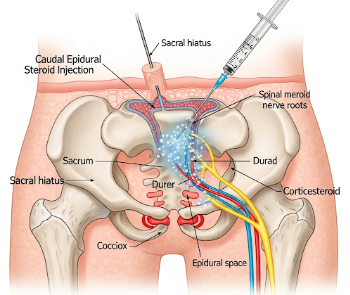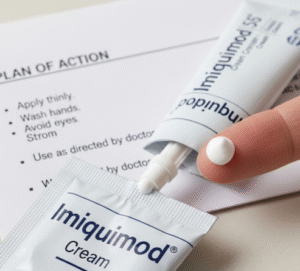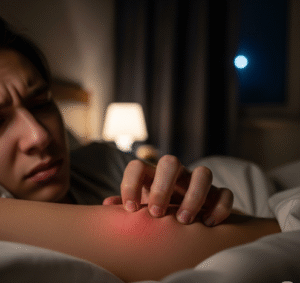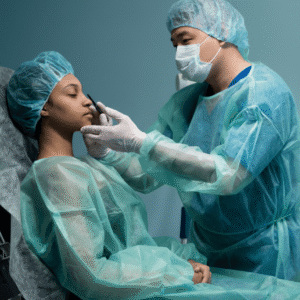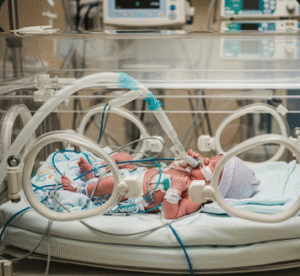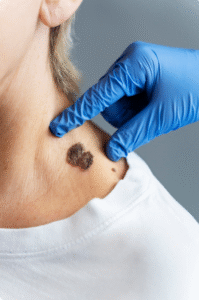Overview
A Caudal Epidural Steroid Injection (CESI) is a minimally invasive procedure designed to relieve chronic lower back pain, sciatica, or leg pain caused by inflammation or nerve compression. The procedure involves injecting corticosteroids and anesthetic agents into the epidural space through the sacral canal to reduce inflammation and pain.
In South Korea, CESI is performed in advanced pain management and spine centers by experienced interventional radiologists and anesthesiologists. Hospitals provide high-precision imaging guidance (fluoroscopy or ultrasound), sterile conditions, and careful patient monitoring, ensuring high effectiveness, minimal complications, and rapid recovery.
What is Caudal Epidural Steroid Injection?
CESI is a therapeutic procedure used to treat lower back and leg pain caused by herniated discs, spinal stenosis, or degenerative spine disease.
Key points:
- Involves injecting corticosteroids and local anesthetic into the epidural space at the caudal (tailbone) region.
- Targets nerve root inflammation and reduces pain and swelling.
- Often recommended for patients who have not responded to oral medications or physical therapy.
- Can be diagnostic as well as therapeutic, helping identify specific pain sources.
Indications:
- Chronic lower back pain
- Sciatica or leg pain due to nerve compression
- Herniated or bulging discs
- Spinal stenosis or degenerative disc disease
What are the Benefits?
CESI provides several therapeutic advantages:
✔ Effective pain relief in lower back and leg regions.
✔ Reduces inflammation of spinal nerves.
✔ Minimally invasive with no surgical incisions.
✔ Can delay or avoid the need for spine surgery.
✔ Quick outpatient procedure with minimal downtime.
Procedure Details
1) How should I prepare for a CESI?
- Medical evaluation: Review of medical history, medications, and imaging studies (MRI or CT).
- Medication adjustments: Blood thinners or anti-inflammatory drugs may need to be paused.
- Pre-procedure counseling: Explanation of procedure, benefits, risks, and expected outcomes.
- Fasting: Usually required if sedation is used.
- Allergy check: Ensure no allergies to contrast agents or steroids.
South Korean pain management centers provide detailed preparation instructions to ensure safety and comfort.
2) What happens during a CESI?
- The patient lies prone on the procedure table.
- Fluoroscopy (X-ray guidance) or ultrasound is used to locate the caudal epidural space.
- The area is cleaned and numbed with a local anesthetic.
- A needle is carefully inserted into the sacral canal.
- Steroid and anesthetic solution is injected slowly into the epidural space.
- The procedure typically takes 10–20 minutes.
Korean specialists emphasize precision needle placement, optimal steroid dosage, and sterile technique to ensure maximum benefit and safety.
3) What happens after a CESI?
- Patients are monitored briefly for any immediate reactions.
- Mild soreness at the injection site or temporary numbness may occur.
- Most patients can resume normal activities within a day, with restrictions on heavy lifting.
- Pain relief may be immediate due to anesthetic, with steroid effects lasting days to weeks.
- Follow-up appointments assess pain improvement and potential repeat injections if needed.
Risks / Benefits
Potential Risks:
- ➤ Mild pain, bleeding, or bruising at the injection site
- ➤ Temporary numbness or weakness in legs
- ➤ Infection (rare)
- ➤ Allergic reaction to medications or contrast agents
- ➤ Very rarely, nerve injury or dural puncture
Major Benefits:
- ✔ Reduces inflammation and nerve-related pain
- ✔ Minimally invasive alternative to spine surgery
- ✔ Quick outpatient procedure with minimal recovery time
- ✔ Can improve mobility, sleep, and quality of life
- ✔ High success rates in South Korean spine and pain centers
Recovery and Outlook
- Immediate post-procedure: Slight soreness at injection site is common; most patients resume normal activities within 24 hours.
- Pain relief: Initial relief from anesthetic; corticosteroid effect may develop over days to weeks.
- Follow-up: Repeated injections may be scheduled if pain persists or recurs.
- Long-term: Many patients experience significant improvement in pain, mobility, and daily functioning, potentially avoiding the need for spine surgery.
South Korean hospitals offer structured post-injection care, physical therapy, and lifestyle counseling to maintain benefits.
When To Call the Doctor
Contact your doctor immediately if you notice:
- ➤ Severe or worsening pain
- ➤ Numbness, weakness, or loss of control in legs or bladder
- ➤ Signs of infection (redness, swelling, pus)
- ➤ Allergic reaction (rash, itching, difficulty breathing)
Best Korea Option / Process
South Korea provides world-class CESI services due to:
- Highly experienced interventional pain specialists
- State-of-the-art fluoroscopy and ultrasound guidance
- Minimally invasive outpatient procedures with rapid recovery
- Comprehensive pre- and post-procedure care
- International patient support, including translators, accommodation, and scheduling
- Affordable treatment with high success rates
Top hospitals for CESI in Korea:
- Samsung Medical Center
- Asan Medical Center, Seoul
- Seoul National University Hospital
- Severance Hospital (Yonsei University Health System)

